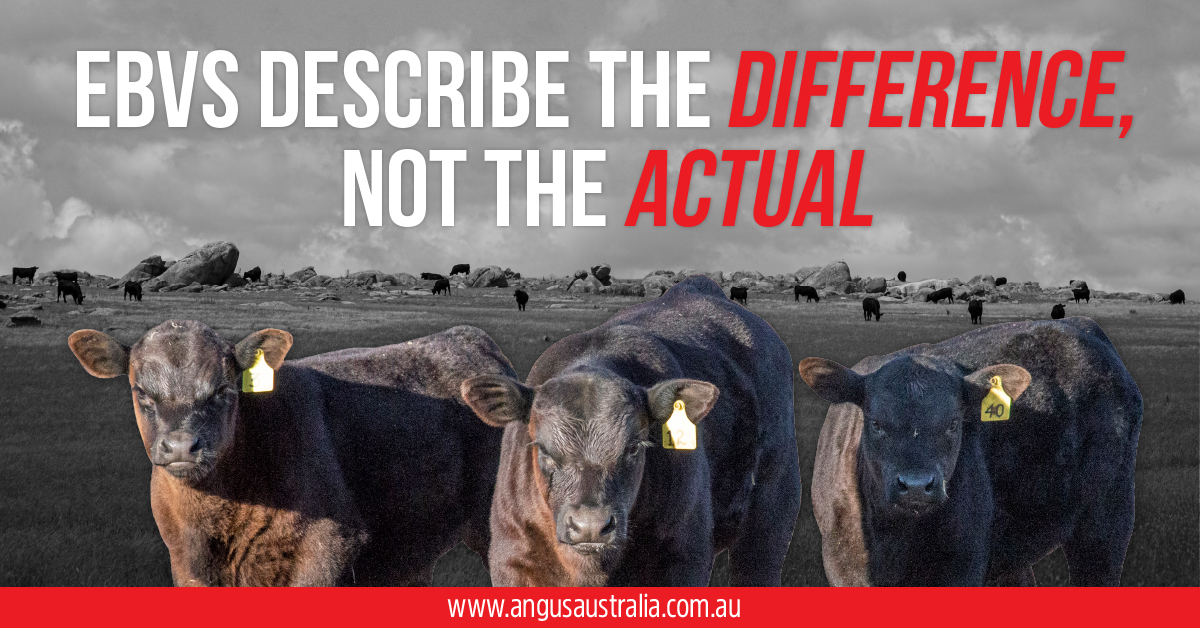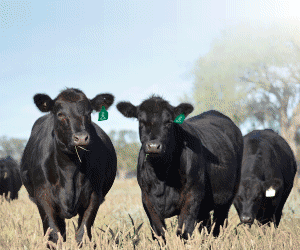Last week, we explored one reason why a bull’s physical performance cannot be used to validate his EBVs and looked at the impact of non-genetic factors on the physical performance of an individual.
The other consideration is that EBVs describe the expected difference in average progeny performance and the individual we examine is just one of the potential genetic combinations/progeny from the parents.
As a result, the animal may not represent the average progeny the mating is likely to deliver. So, if we were to look back at the EBVs of an animal’s parents and say well why doesn’t he match those. It is for this reason, that the individual is just one of the progeny and EBVs describe the average of the progeny by an animal.
Within any progeny group we see a bell-curve distribution of progeny performance. This means we expect most progeny will perform near to the average, with less and less animals performing further way from this average. So, within a group of progeny we will see individuals that vary in relation to their performance relative to the average of the group.
Check out next week’s edition of e-news to explore how we use these features of EBVs to assist in making decisions.













